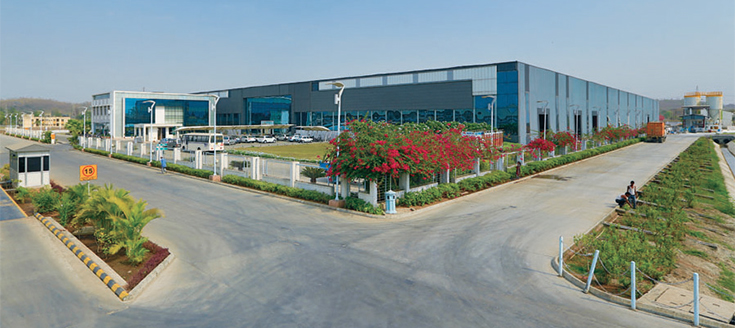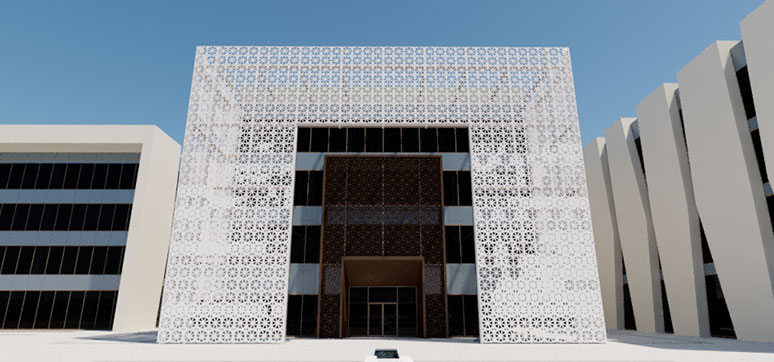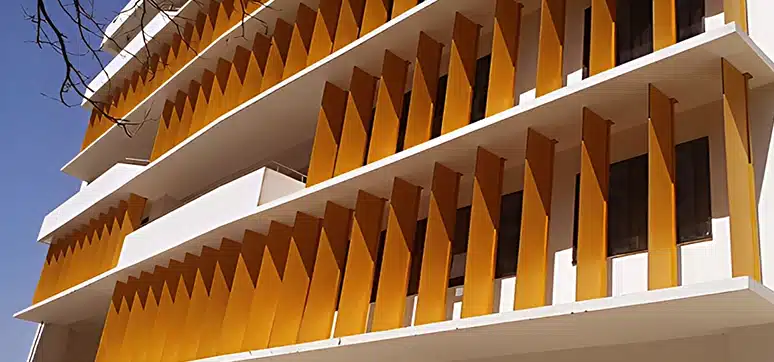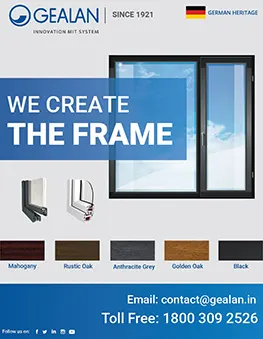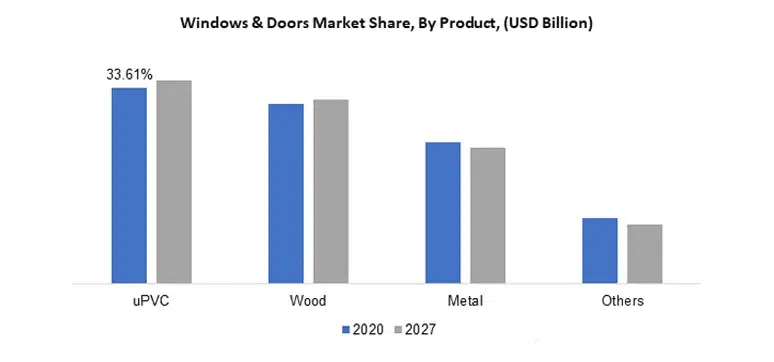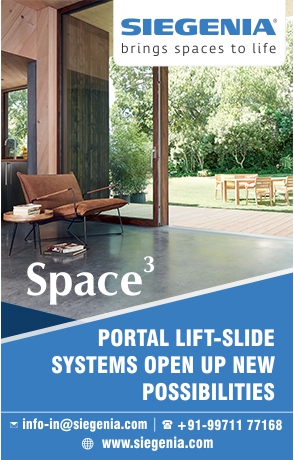We offer the World’s Thinnest Porcelain Slabs
By:

Use of imported marble has increased over the past 20 years and the growth of the industry has been phenomenal. It has become one of the most preferred materials for housing, hospitality or commercial projects. As far as engineered stones are concerned, it is still a new product. Recognised as connoisseur of natural stones, Classic Marble Company (CMC) has revolutionised the marble industry to craft spaces. Armed with a global network across 40 countries, they have achieved a reputation for customising products under one roof for varied client needs and industry demands. CMC has paved the path to set trends with a focus on evolving customer preferences, market demands and advanced technologies to manufacture world-class products.
In his exclusive interview with Window and Façade Magazine (WFM), Amit Shah, Managing Director, Classic Marble Company Pvt Ltd, talks about his company’s journey over the past two decades, their expertise in the natural stone industry, world-class technology featured at their factories in Silvasa and their future plans.
WFM: When did you start the business in India and briefly tell us about your journey since then?
Amit Shah (AS): Classic Marble Company (CMC) commenced operations in the year 1994 and has worked its way to become India’s largest agglomerate stone manufacturing company – manufacturing composite marble and quartz and a distinguished leader in natural marble and granite. Today, it also offers the world’s thinnest porcelain slabs to the Indian market.
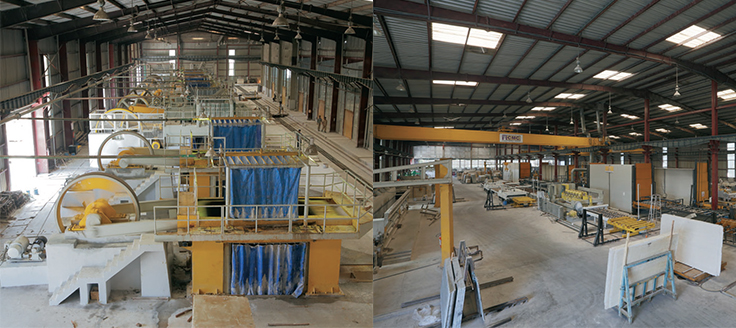
CMC first ventured into the natural stones market beginning with imported marble. Back then India’s exposure to marble was mostly limited to the homegrown Makrana, which is extremely popular even today among other lesser known varieties. During this time, Classic Marble Company (CMC )experimented with the market with limited offerings in the imported marble and quickly realised the potential it held with the demand pouring in. We gradually started sourcing in bulk blocks of imported raw natural stone and set up a processing plant which today manufactures 30 million Sq ft of marble, limestone, among others per annum. Today, CMC offers over 500 products in natural stones alone and boasts of the biggest product portfolio of natural stones in the country.
WFM: Tell us about the launch of your flagship brand KalingaStone and CMC’s growth in the recent past?
AS: A decade and half later, in 2009, CMC introduced a revolutionary product by launching KalingaStone. The flagship brand created a paradigm in the surfaces segment by offering engineered stones to the Indian market. The new product offered consistency, availability, versatility, ease of maintenance and economical while maintaining the aesthetics. In August 2009, the company commissioned a manufacturing facility in the Silvassa plant for producing composite marble and quartz. Today, the factory produces 25 million Sq ft of composite marble and 5 million Sq ft of quartz per annum. Due to increasing demand in international and domestic market, CMC recently added a state-of-the-art quartz production line. This modern plant produces veined quartz products and the designs are inspired by the vein patterns endemic to natural marble like Staturio, Venatino, and Crema Marfil. The KalingaStone plant is built on 2 lac sq m of land and is fully automated with minimum human intervention. Today, KalingaStone is exported to over 53 countries across 6 continents and has been awarded the “Indian Power Brand” in the marble and stone category.
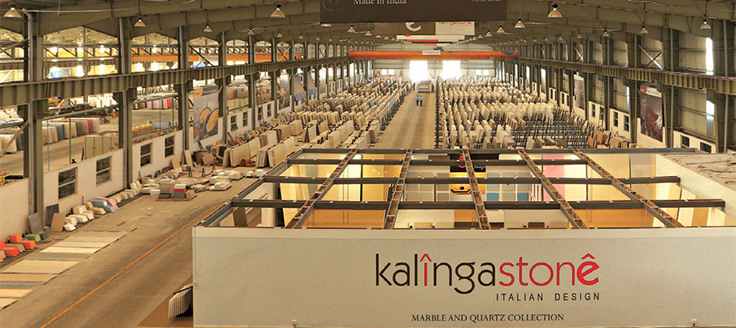
In addition to the above, the company has entered into an exclusive partnership with international tiles majors, Levantina (Spain) and Iris (Italy) for marketing the world’s finest porcelain designs Techlam and Iris respectively, in India. These slim, large size porcelain slabs are versatile products and can be installed for a wide range of applications.
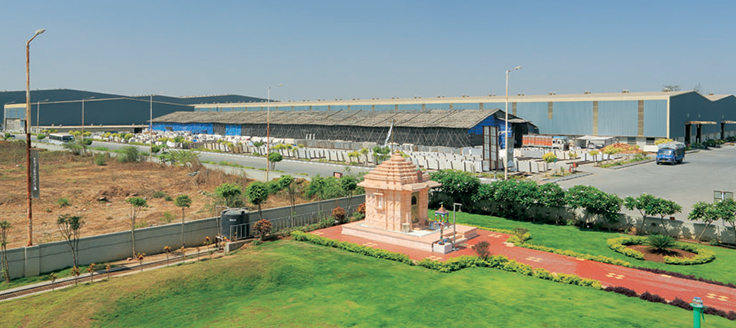
WFM: Could you please talk about the present Indian market for construction, cladding materials, as well as for your own products? How has it changed compared to the 20th century?
AS: Even with the recent slump in the construction industry, the long term forecast of the construction industry looks very promising. With the need to give maintenance free façade solutions, developers are shifting focus from paint as an option to products which are guaranteed to remain durable and last for longer. This has put CMC with its vast product offerings in cladding in a commanding position. Our engineered marble products under KalingaStone and the slim tiles range in Techlam possess the technical attributes, ease of handling and aesthetic appeal essential for the new age cladding requirements. These products fulfil all the requisites required to make ideal façade applications.
Over the last 15 years, cladding has evolved and its evolution is directly connected to the progress in the construction industry. With the high-rises towering above the clouds, with demand for sophistication and infusion of advanced world class machinery and technology now at disposal, the construction industry has jumped leaps and bounds and is still improving every day. The demand for better quality, highly sustainable and durable, aesthetically appealing products not barring the justified cost, is on the rise. This has led to manufacturers pushing the envelope with sizes, thickness, finishes and designs, complimenting architects’ creations for technically superior and aesthetically beautiful products.
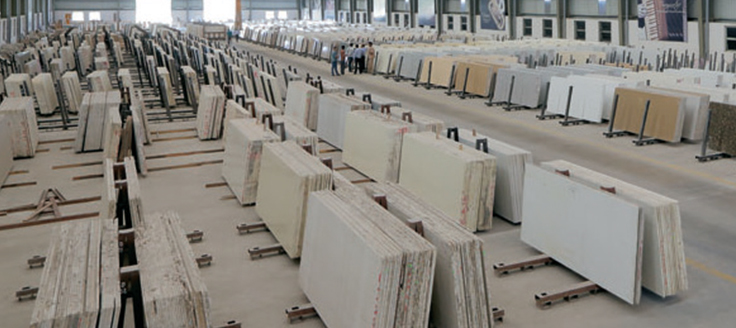
WFM: Could you please tell us more about your facilities for both production as well as training?
AS: CMC’s production and training facility is located in Silvassa, the capital of the Union Territory of Dadra & Nagar Haveli. The 500,000 Sq m facility houses four separate processing plants for natural stone, engineered marble and quartz.
The company’s plant has a massive stockyard that can stock up to 30,000 metric tonnes of raw blocks and 500,000 Sq m of finished marble.
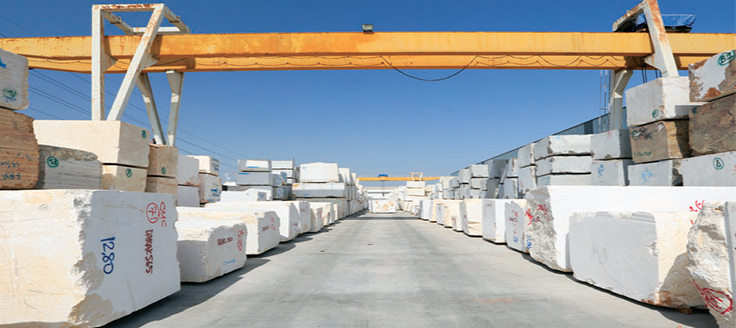
The processing plants for KalingaStone have a production capacity of 25 million Sq ft of composite marble and 5 million Sq ft of quartz per annum.
The automated plant is fully integrated with stateof- the-art robotic systems and quality control. The equipment and machinery are the latest and the best. Our marble polishing machines from Semic, Italy impart over 90 per cent glossiness to marble slabs. The quartz finish line machines impart 75 per cent more gloss to the quartz slabs as compared to the average finish quality available in the market.
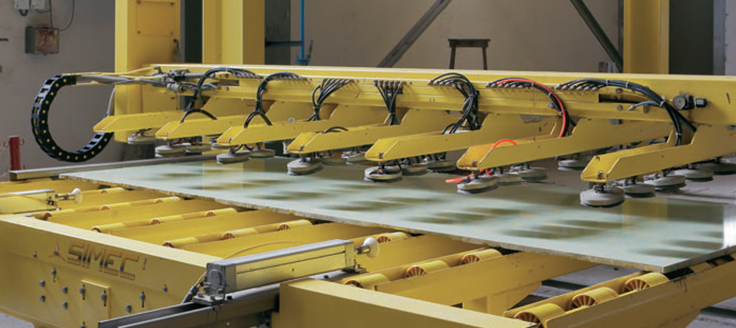
WFM: Tell us about your newly launched products for building façades?
AS: CMC’s KalingaStone marble is a preferred façade material in premium, high-rise structures across the world. Our head office in Mumbai is a great example of a building façade with engineered marble. The marble clad façade protects the structure from the heat and helps significantly in cutting off the noise from outside. There are two methods of installation viz. wet or dry cladding. While wet cladding is used for heights of up to 20 feet, dry cladding is preferred for higher façade installations.
Typically for façade installations, irrespective of the variety of the chosen marble and its colour, there are two kinds of finishes given to it. The semi rough finish being the more preferred one, is known as the ‘Silken finish’ and the rougher finish is known as ‘Distress finish’. For cleaning its surface, only mild detergents, i.e., a neutral pH cleaner should be used and regular cleaning should be done with a soft dry brush or cloth.
Engineered marble façades have a long life span and if installed properly, will last without any issues.
WFM: What are the key aspects to be considered when choosing a cladding material?
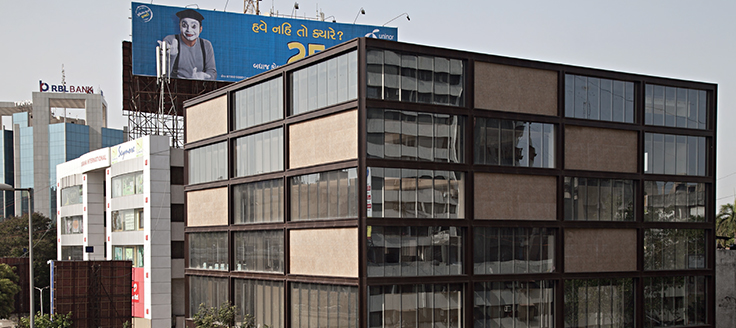
AS: Cladding is essentially an external component enveloping the primary structure of a building as an external surface. Cladding serves many purposes including creating a controlled internal environment, protecting the building from external conditions, preventing the transmission of sound and for providing thermal insulation, among other things.
Some of the key aspects to be taken into consideration while selecting the cladding material are anticipated lifespan of the building, external and internal conditions of the building, climatic conditions, structural requirements, budget and appearance.
WFM: What are the advantages of using CMC products for exterior cladding? How does the product help in improving the aesthetics of the building?
AS: Our engineered marble is less porous, more flexible and harder as compared to other materials, which make it more resistant to mildew and growth of algae, even when applied in exteriors. Bound by resins, these slabs can endure flexural pressure and prevent cracking, making it ideal for installation in façade applications. Due to its high aesthetic value, engineered marble is used in cladding of façades in residential as well as in commercial spaces. With advancement in technology, the stone can now be custom-made in desired colours, sizes, patterns and textures. Cladding with engineered marble can be applied to any kind of structures whether contemporary or traditional. Besides, the KalingaStone marble material allows technical innovation which is otherwise difficult to achieve in façade materials. The material could be made thinner without losing its stability, to make it translucent or create innovative designs in external façades.
WFM: People look for eco-friendly, energy conserving buildings these days. How are you contributing to the green building initiatives in the building industry?
AS: As explained earlier, the marble clad façade protects the structure from the heat and helps significantly in cutting off the noise from outside. In India, one of the biggest energy consumption for buildings is its HVAC. Cladding structures with our products can ensure the both – significant reduction in the HVAC costs while reducing the carbon footprint. The marble used for cladding can be made opaque with a set degree of opaqueness which is suited to a given environment. This ensures that the building receives sufficient light while cutting off external noise and air pollution. Other than this, the material itself is recyclable which makes CMC’s marble façade products eco-friendly.
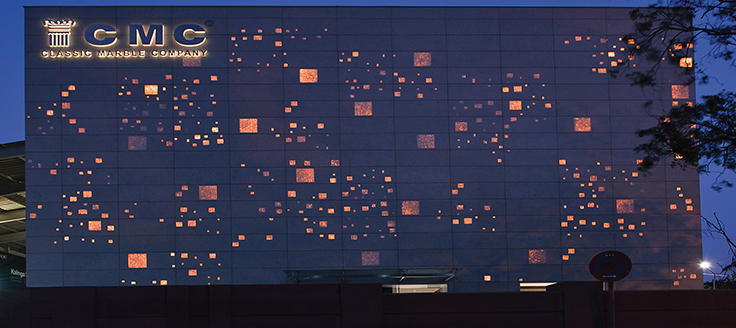
WFM: Can you talk about some of your recent projects?
AS: Façade installations at Zee Telefilms Office in New Delhi, Navi Mumbai Municipal Corporation Headquarters building designed by Architects Hiten Sethi & Associates, Ganesh Housing Project at Ahmedabad, etc., are our finest façade projects.
WFM: What are the quality control procedures which you follow for your products? How do you ensure right installation?
AS: We share the best installation practices with builders and contractors associated with us and create quality awareness. Earlier for cladding, the Indian market was dominated by tiles however gradually over time we have raised awareness about the stone category including marble and granite and built a foundation for their acceptance in cladding. Today, there is no dearth of options for external cladding including paints, ACP, glass and stone, among others. With advancement in technology the newer products are of far superior quality and safety features like A Class fire resistance, and of course aesthetic value. We share technical assistance and supervision to ensure the right installation.
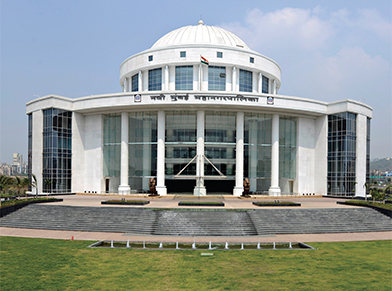
WFM: Do you think that the latest implementation of RERA would help the quality control and builders will go for quality and brands under the organised sector?
AS: Yes, with RERA developers have greater responsibility of supplying quality material as promised to the buyer in their literature/brochure. RERA also makes them responsible for adherence to all the specifications listed out in deliverables. To match the quality and the delivery schedules, builders require a reliable and stable vendor who is quality compliant. CMC is a quality conscious company and hence the implementation of RERA works in our favour.
WFM: According to you, what is the impact of GST on the sector?
AS: The recent decision made by the GST Council to reduce the GST rate on marble and granite to 18 per cent from 28 per cent is really encouraging for the sector. Goods used in building material are high expense commodities and get passed on to the customer which ultimately makes the end product expensive for them. Especially in light of a weak real estate market, the reduction in GST rate is definitely good news for the end consumer. Also the GST will ensure uniformity in taxation for all the players in the sector. This creates a level playing field for marble manufacturers as prices will remain competitive as compared to other available surface materials and the consumer will have a choice based on quality, material and not just prices.
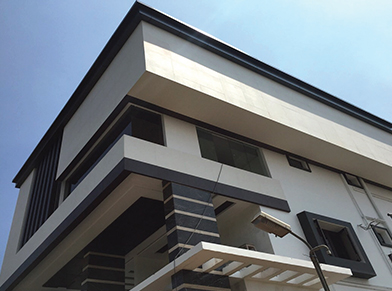
The previous tax regime included the various indirect taxes in the form of excise duty, customs, value added tax, service tax, octroi, purchase tax, luxury tax, cess, etc. There was the cascading effect of taxes at each stage of purchase or process or service. Dealers, distributors, or retailers were subject to taxes on their input side, some of which did not receive credit. This led to an increase in the cost of goods, ultimately affecting the competitiveness of Indian manufactured goods vis-à-vis imports. With GST, India has become one market leading to the reduction of the price gap between the organised and unorganised sectors and facilitating seamless inter-state flow of goods, which is expected to directly accelerate demand. Harmonisation of state and central tax administration will reduce the compliance cost.
WFM: Tell us about your programmes and investment plans for the near future?
AS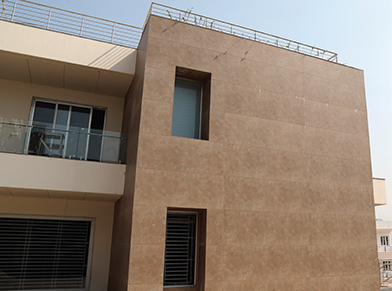 : The company has recently completed its CapEx investment plans and is self-reliant in infrastructure. CMC can easily accommodate an additional 40 per cent growth in production and sales.
: The company has recently completed its CapEx investment plans and is self-reliant in infrastructure. CMC can easily accommodate an additional 40 per cent growth in production and sales.
WFM: Where do you see your company by 2025?
CMC plans to set up 20 showrooms showcasing its entire collection of natural marble, granite, onyx, travertine, and its vast engineered marble and quartz portfolio of KalingaStone and slim tile collection of Techlam and IRIS.
We are targeting 15 exclusive tie-ups with quarries for marketing natural stone in India. Other than this, we also plan to diversify our range of products by adding new variants to the existing category of slim slabs.
Top Stories
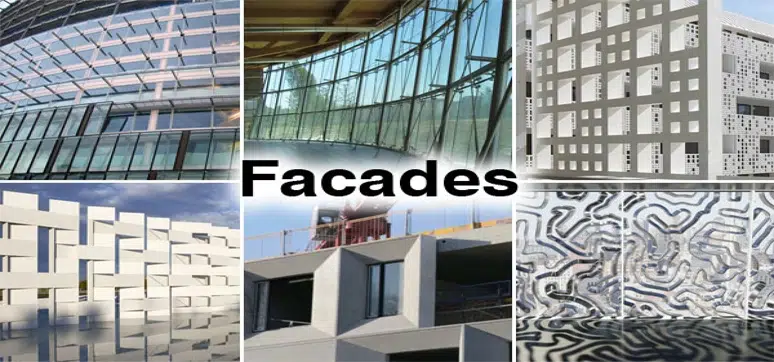
Façade Systems Market Size is Estimated to Reach USD 398.8 Billion by 2029
By: Abdul | April 16, 2024
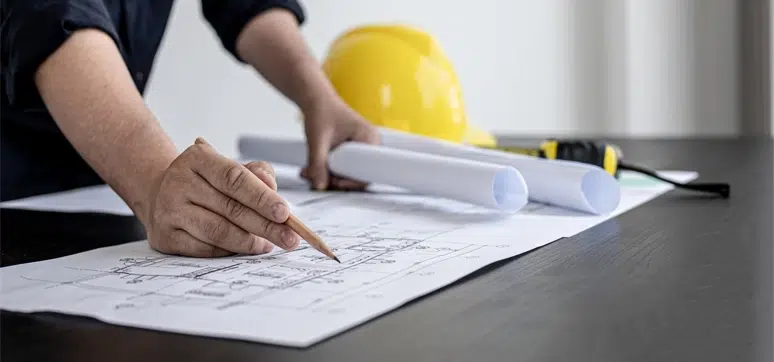
Improving Sustainability Alongside Fire Safety – Can We Deliver?
By: Abdul | April 16, 2024
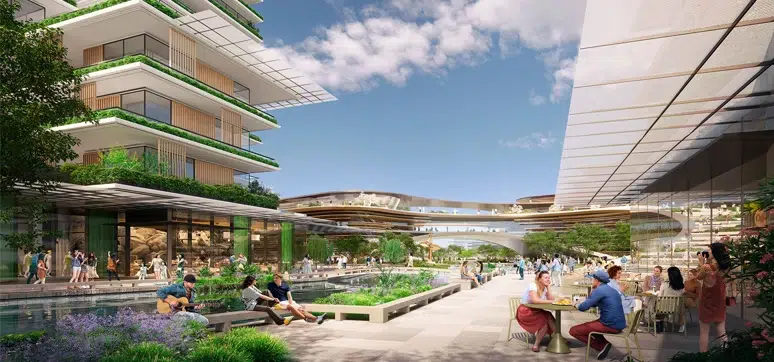
Foster + Partners Wins the Competition the New Xicen Science & Technology Centre
By: Abdul | April 9, 2024
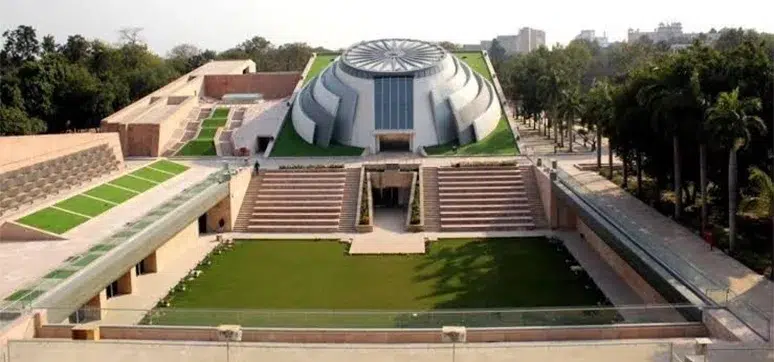
A Symbol of Architectural Brilliance & Cultural Significance
By: Abdul | April 8, 2024

